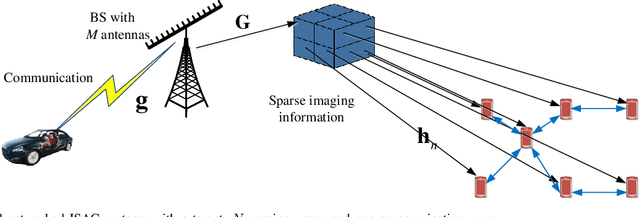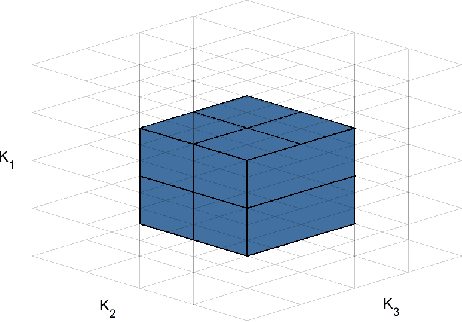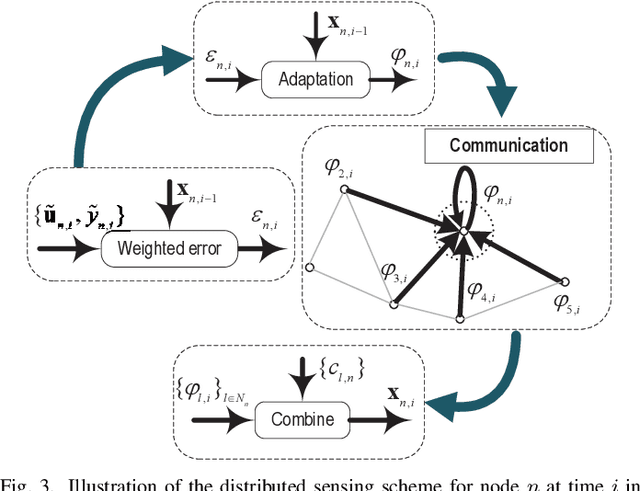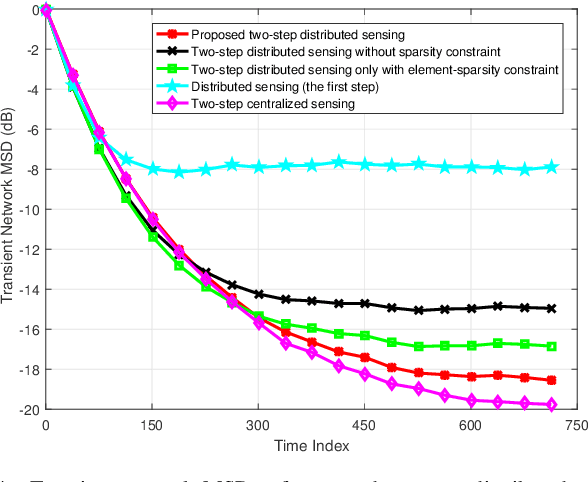Networked Integrated Sensing and Communications for 6G Wireless Systems
Paper and Code
May 26, 2024



Integrated sensing and communication (ISAC) is envisioned as a key pillar for enabling the upcoming sixth generation (6G) communication systems, requiring not only reliable communication functionalities but also highly accurate environmental sensing capabilities. In this paper, we design a novel networked ISAC framework to explore the collaboration among multiple users for environmental sensing. Specifically, multiple users can serve as powerful sensors, capturing back scattered signals from a target at various angles to facilitate reliable computational imaging. Centralized sensing approaches are extremely sensitive to the capability of the leader node because it requires the leader node to process the signals sent by all the users. To this end, we propose a two-step distributed cooperative sensing algorithm that allows low-dimensional intermediate estimate exchange among neighboring users, thus eliminating the reliance on the centralized leader node and improving the robustness of sensing. This way, multiple users can cooperatively sense a target by exploiting the block-wise environment sparsity and the interference cancellation technique. Furthermore, we analyze the mean square error of the proposed distributed algorithm as a networked sensing performance metric and propose a beamforming design for the proposed network ISAC scheme to maximize the networked sensing accuracy and communication performance subject to a transmit power constraint. Simulation results validate the effectiveness of the proposed algorithm compared with the state-of-the-art algorithms.
 Add to Chrome
Add to Chrome Add to Firefox
Add to Firefox Add to Edge
Add to Edge